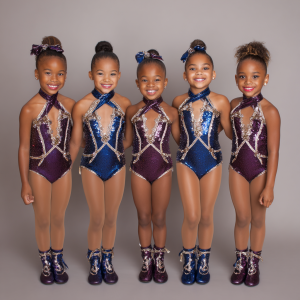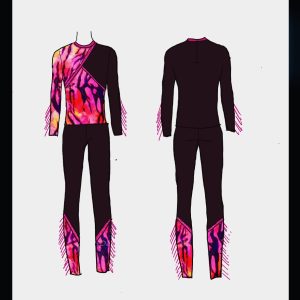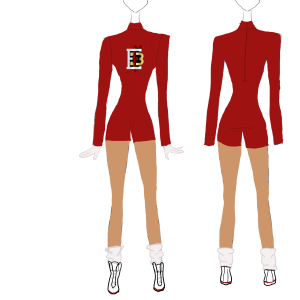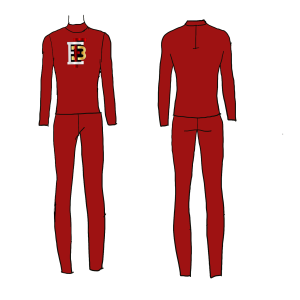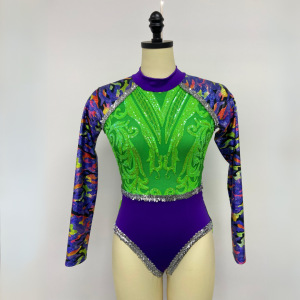For coaches, dancers, and parents, one of the most important parts of competing in AAU majorette dance is understanding how routines are judged and scored. Every count, formation, and costume detail contributes to the final result. Knowing what judges look for helps teams not only avoid unnecessary deductions but also choreograph in ways that maximize performance impact.
The Basics of AAU Scoring
AAU scoring rubrics are broken down by category—Pom, Hip Hop, Creative Dance, Jazz/Lyrical, Parade, Stand Battles, and Field Show—but there are common elements across all divisions:
- Creativity & Originality: Judges want to see choreography that feels fresh and engaging, not copied from another team.
- Synchronization: Clean lines and tight timing are critical—judges reward teams that move as one.
- Formations & Spacing: A routine should use the full floor with transitions that are smooth and intentional.
- Technique: Kicks, leaps, and arm placements should demonstrate proper fundamentals for the style.
- Showmanship & Confidence: Eye contact, energy, and facial expressions are part of the performance.
- Age-Appropriateness: Movements, music, and costumes must be appropriate for the dancers’ division.
Category-Specific Judging Highlights
1. Pom Dance
- Judges score precision and sharp arm motions.
- Energy, synchronization, and visual use of poms weigh heavily.
- Typically limited to 3 minutes—teams must make an impact quickly.
2. Creative Dance
- Maximum of 5 minutes, with scoring based on overall creativity, difficulty, and variety.
- Judges value originality—think formations, storytelling, and clever transitions.
- Props may be used, but they must enhance, not distract.
3. Jazz/Lyrical
- Technique is the star here—extensions, leaps, turns, and body control.
- Scoring focuses on fluidity, musical interpretation, and emotion.
- Teams are evaluated on precision and expressive performance quality.
4. Stand Battles
- A head-to-head competition judged by rounds.
- Scores emphasize execution of counts, showmanship, and clarity of call-outs.
- Minis are limited to medium and fast stands only; slow stands are not allowed in competition.
5. Parade Routines
- Dancers are judged on uniformity, marching technique, and presentation over a set distance.
- Routines must stay lively while moving forward, which adds to the challenge.
6. Field Show
- Scored on staging, synchronization, and visual appeal across a wide area.
- Judges also consider creativity in how props, flags, or auxiliary members are incorporated.
What Can Lead to Deductions?
- Timing issues (late entrances, routines running too long).
- Inappropriate music or costumes (explicit lyrics, overly revealing attire).
- Unsafe or illegal moves (e.g., certain tumbling in entrance/exits).
- Poor sportsmanship from coaches or team members.
Even a strong routine can lose points if these areas are overlooked.
Keys to Scoring High
- Rehearse Transitions: Smooth transitions keep energy high and formations clean.
- Balance Difficulty & Execution: Judges prefer a clean, medium-difficulty routine over a sloppy, overly ambitious one.
- Use the Floor: Covering space creatively shows planning and confidence.
- Bring the Energy: Judges notice when teams own the stage with charisma and presence.
Why This Matters
AAU competitions are about more than trophies—they help dancers grow in discipline, teamwork, and artistic expression. When coaches understand the judging system, they can design routines that highlight their team’s strengths while building skills for future performances.
Takeaway: Success at AAU events isn’t about copying what everyone else is doing. It’s about knowing the rules, understanding the score sheet, and creating routines that combine technique, creativity, and showmanship into a performance judges will remember.



